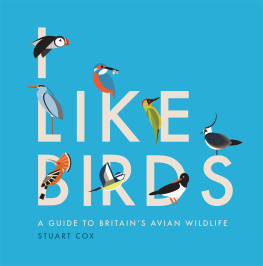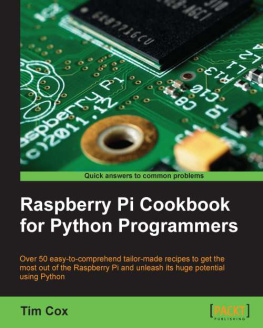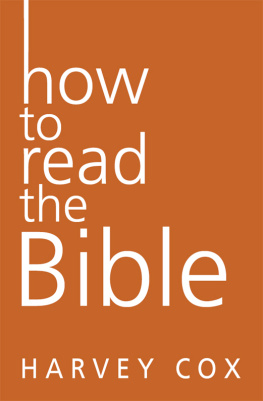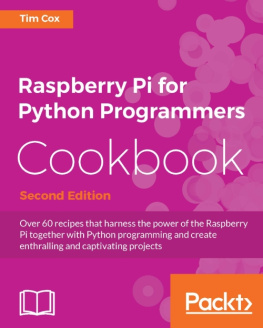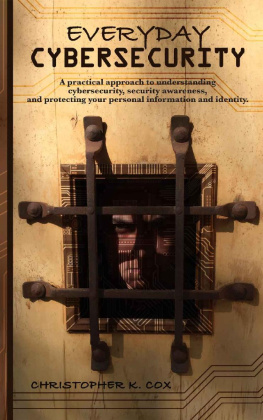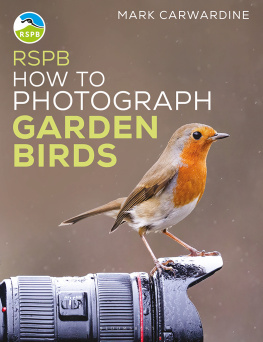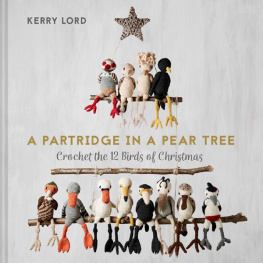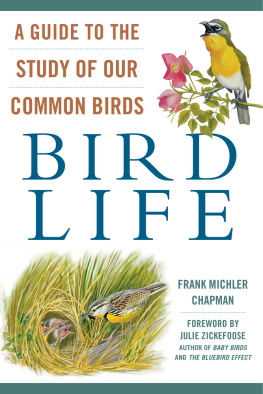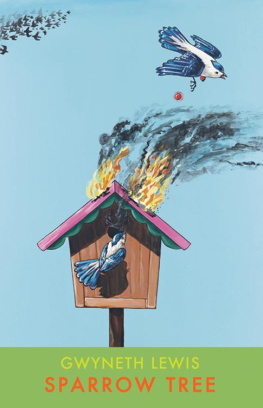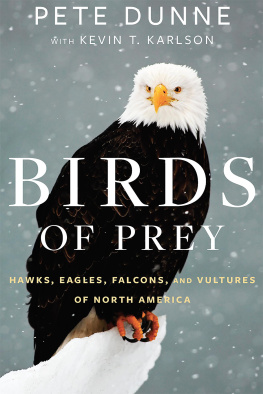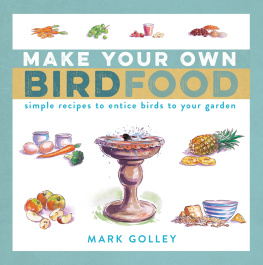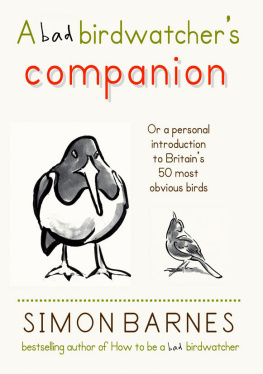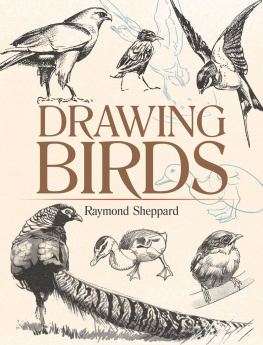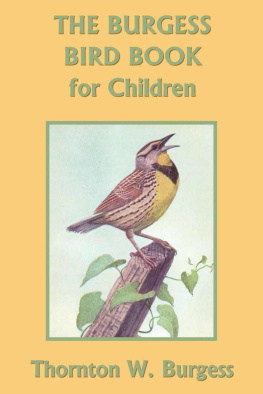Contents
A long long time ago I was child. A slightly bird-obsessed child. Whose nose was either pointing skywards, gazing at the Kestrels that hovered over our house, or buried deep in a Collins Bird Guide, categorising and absorbing as much as my child-mind would hold. I was blessed to live on the edge of the South Downs, country and coast in easy reach, and to have a family that encouraged me and my brothers to take an interest in the outside world. They expanded our horizons by taking us on annual holidays to the wilds of the north of Scotland, where Golden Eagles, Eider and even Oystercatchers introduced us all to just how colourful and exotic the bird life of Britain could be. My uncle dedicated, almost semi-pro, birdwatcher and sometime recorder for the local bird society was always up for a challenge and would take me to see the colourful, nearly tropical, fauna of the south east whether they were Great Crested Grebes or Parakeets just beginning to establish a foothold as a naturalised bird of Britain.
But despite that upbringing Im not a twitcher. My obsession had waned over the decades as Id become caught up in other preoccupations of adulthood. A lifetime later I found myself settled in the north of Scotland and, separated from family by around 700 miles, began to illustrate the birds I was observing and the childhood memories they brought back. The intention was that these were purely for my Mum. But within two weeks she was diagnosed with a rare illness, succumbing to it a year later, followed in rapid succession by my father and one of my brothers. The illustrations were literally lost in a drawer.
Years later a friend opened that drawer and asked if we would do them as cards. Myself and my partner Alison stumbled into a greeting card business, and soon fledged to become I Like Birds. Since then weve been fortunate to work with some amazing British companies, producing stationery, cards, mugs, tea pots, aprons, calendars and even eyewear. All featuring birds, all with the same intention of tapping into childhood memory, spreading our twin passions for nature and design, doing something that my mum would have been proud of. And now? She would have been proudest of all that theres a book.
Being one part guide, one part pretty pictures, this book is a collection of illustrations and some (hopefully) interesting text about what makes each bird special. Every species of bird is unique, and every species has its own story to tell whether that be a weird evolutionary quirk, peculiar behaviour or the way that we humans have interacted not always positively with them over centuries. Fittingly, as so much of what I do is tied into a sense of family, my brother Stephen and uncle Chris have played a key role in coming up with facts and sprinkling some colour across the words.
The intention is that if youve never really understood all the fuss about birds then this might be a gentle introduction, told through pictures and some light reading. Weve arranged it around an idea of the bird watchers journey, starting with peering out from your kitchen window wondering whats that bird?, and working your way out into the countryside, wilds and waters edge as the bug begins to bite. I dont expect anyone to use this as a field guide: If youre interested Id recommend getting hold of a Collins Bird Guide, comprehensive in its listing of British birds, a godsend to me as a child and still my go-to as an adult out in the field. Selecting just sixty from the many hundreds of birds that frequent these islands has been difficult, so there are sure to be some personal favourites missing, but weve largely gone for personality, character and colour. Hopefully theres enough here to whet the appetite and get you out in the wilds, binoculars in one hand, field guide in the other, enjoying whats around us and revelling in our amazing biodiversity.
I hope you enjoy this book. Fingers crossed therell be something within thatll make you go oh, I didnt know that. Most of all I hope it adds something, no matter how minor, to the love of birds you no doubt already have. Theyve been a life changer for me. I like birds. I hope you do too.
Binoculars are the bird-watchers best friend. Well, possibly. Many would argue a good bird book is more useful. But if youre semi-serious about watching birds, theres a chance that at some point you will spot one just out of sight. To save yourself from squinting, its good to have a decent pair of bins to hand.
The world of optics can get a bit confusing and competitive. One way of spotting a serious twitcher is by taking a glance at their binoculars. Given the impression many people have of birdwatchers, you might imagine them to be non-materialistic and not too fussed by anything flashy. And that seems to hold true for almost everything except optics. Spending upwards of a grand on a pair of bins and maybe more on a scope is in no way unusual. The eye-wateringly expensive models do have their advantages, but if youre a casual watcher, I wouldnt bother. You can get a good pair of bins for well under 100.
But what to look for when you buy? First, get them in your hands. You could be trudging around in all weathers with your bins wrapped around your neck for long periods, so make sure theyre a comfortable weight and not too bulky.
When it comes to numbers, there are only two you really need to understand: a little one and a big one. The little one might be a 7, 8, 10, 12, or in some cases higher. Thats the magnification. Get a 7 and everything will appear seven times closer and seven times bigger. If a bird is seven metres away, it will only seem a metre away through your bins. The big number is the lens size in millimetres. The bigger the lens, the more light it lets in, which means its brighter and clearer, but also heavier. Its a trade-off between usability and portability. A bigger magnification needs a bigger lens, amplifies the mild shake of your hand, and would probably be better on a tripod. If youre going down that route, you might want to think about a scope, which is a whole different subject.
Your best bet? A pair with eight-times magnification and a 40 or 42mm lens. Theyll be light enough, long enough, wont cost a fortune and, all being well, will become your twitching companion for many years.
Is it a beak or is it a bill? Truth is, its either. Ducks are definitely billed and eagles definitely not, but generally the terms are interchangeable. There is no definitive definition of what makes one a beak and the other a bill. Both are parts of a birds skull: an upper and lower mandible thats a bit like our own jaw but extended and covered in a thin layer of skin. There is a phenomenal range of beak/bill shapes, each one finely adapted for feeding. If you want a clue to how a bird lives, look at its beak: there are probers, rippers, fine-seed pickers and cherry-stone crushers among them.

